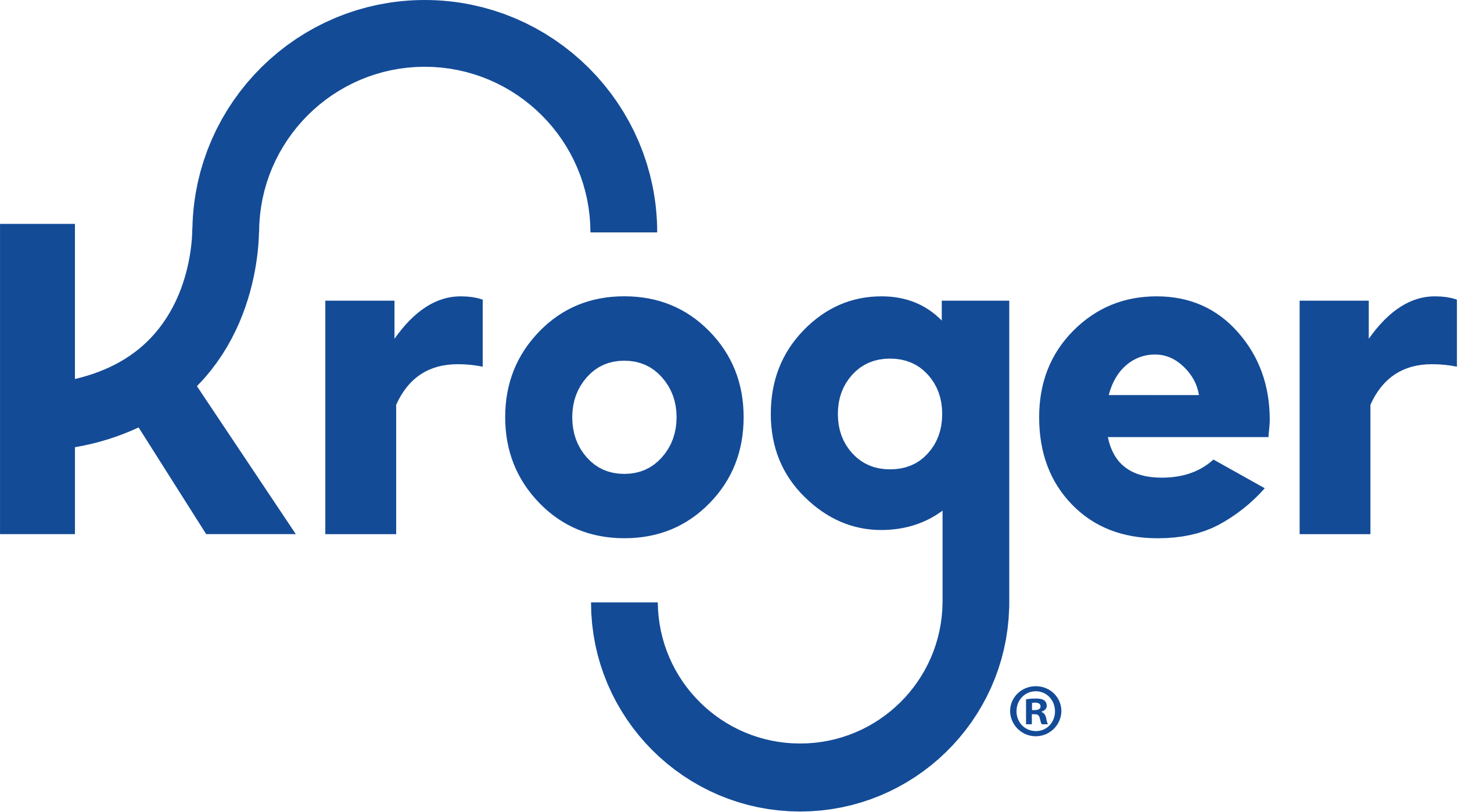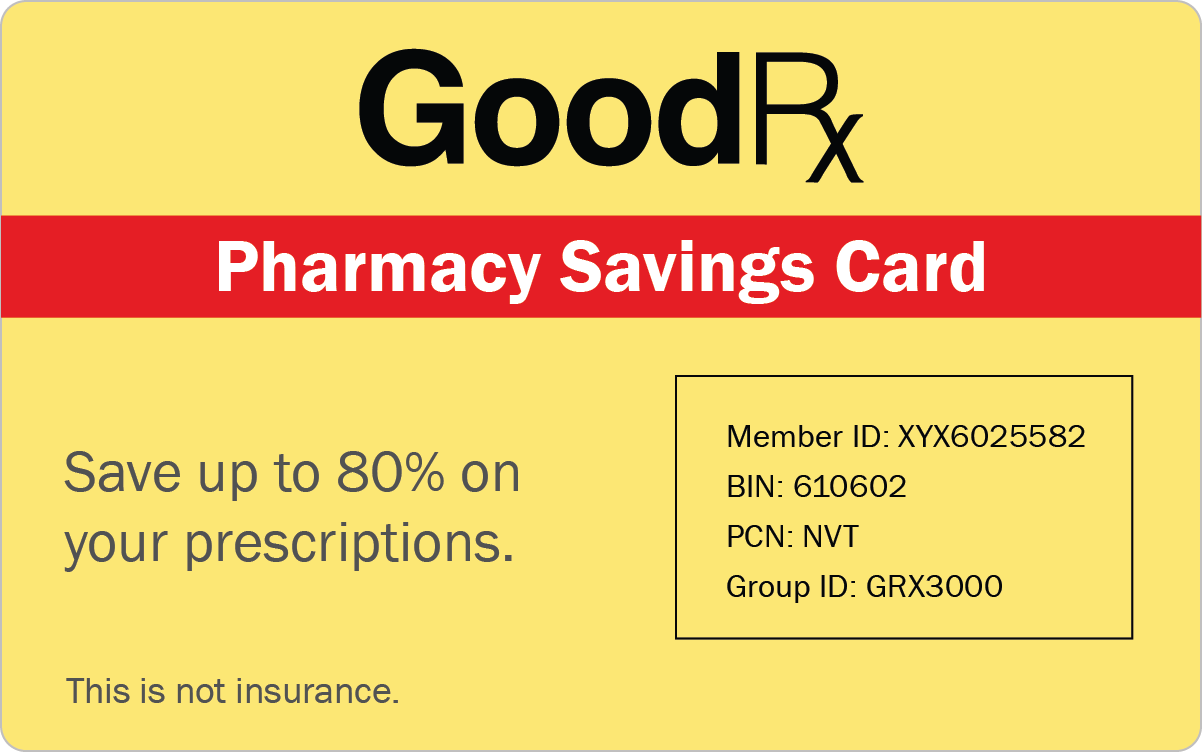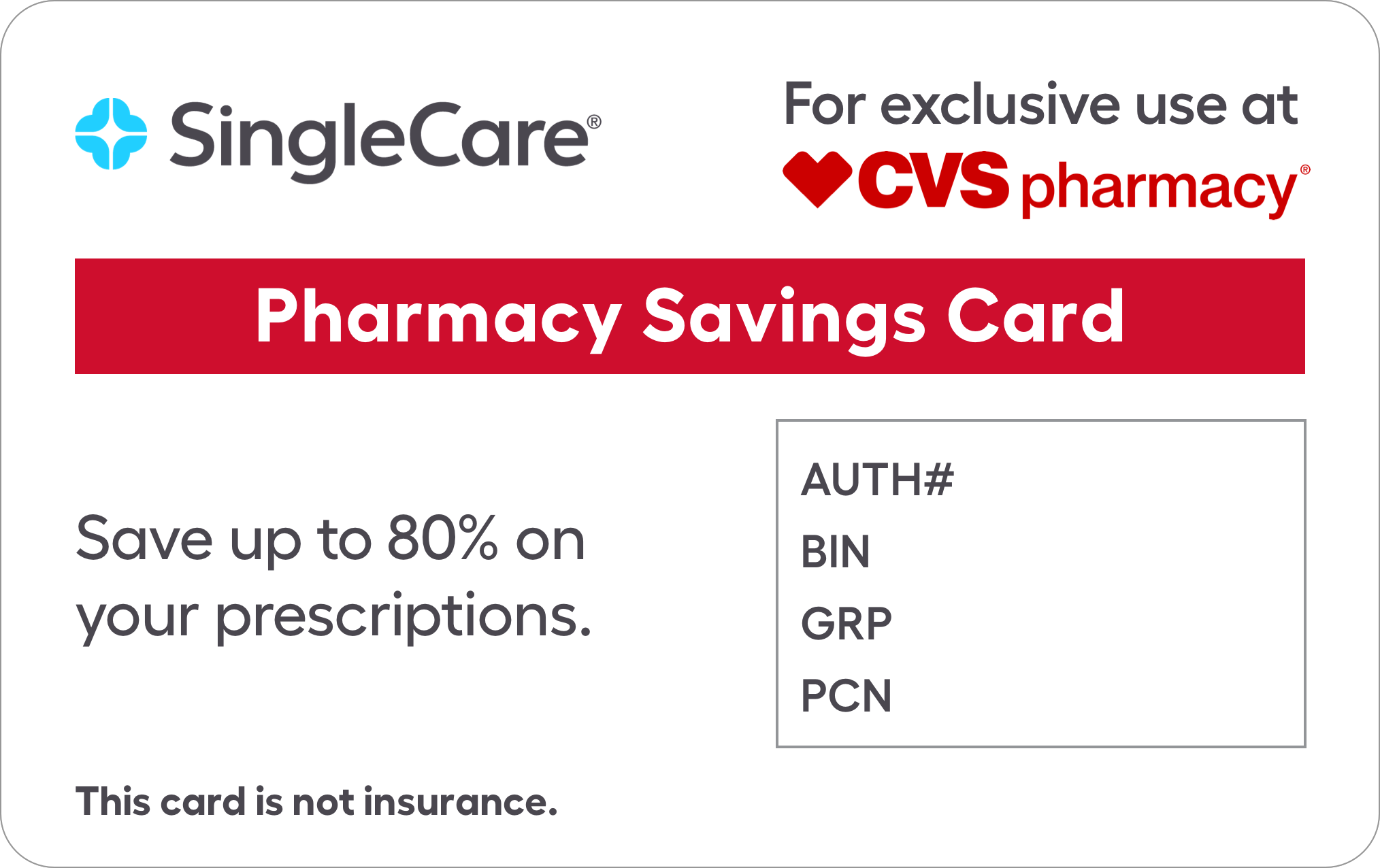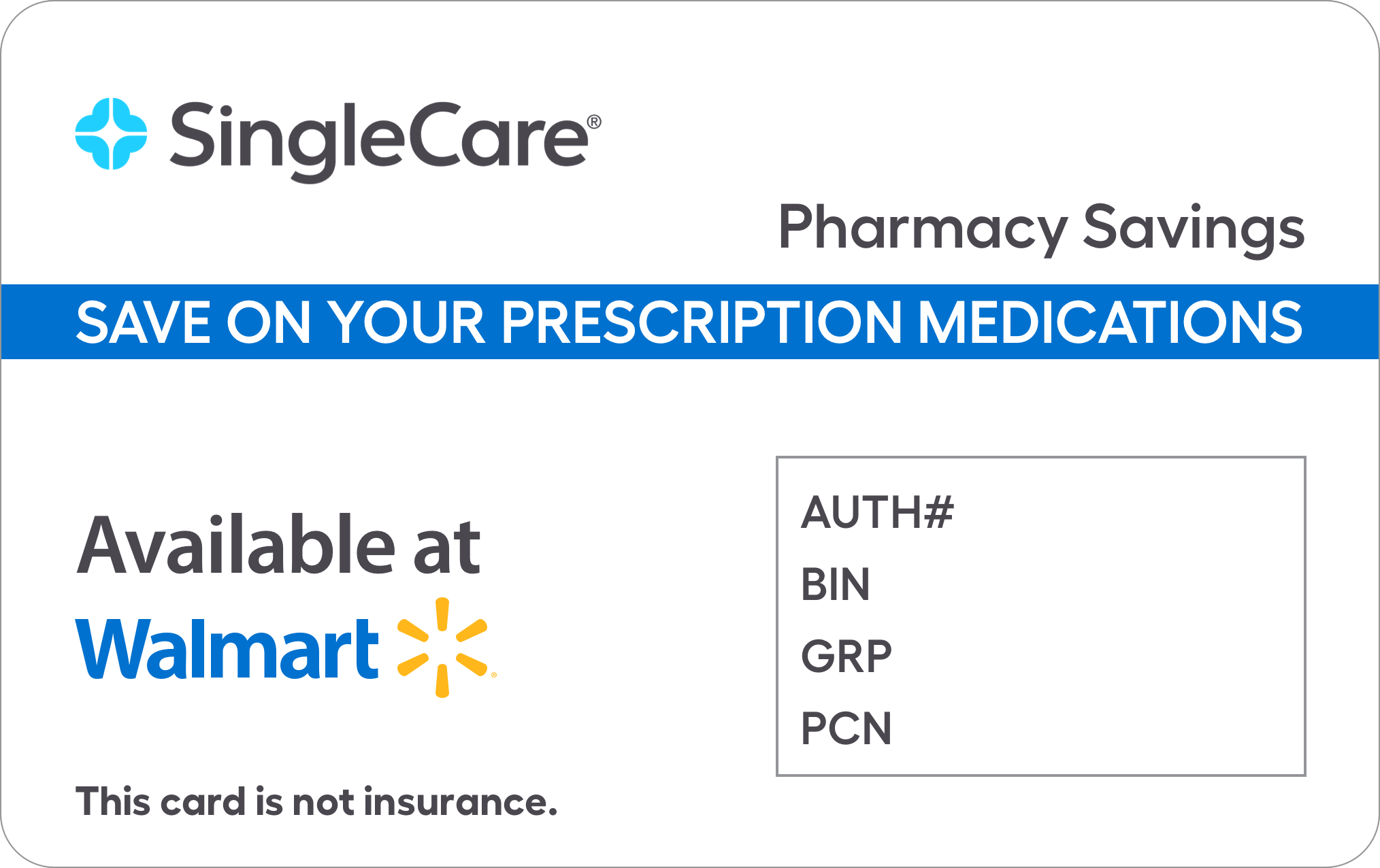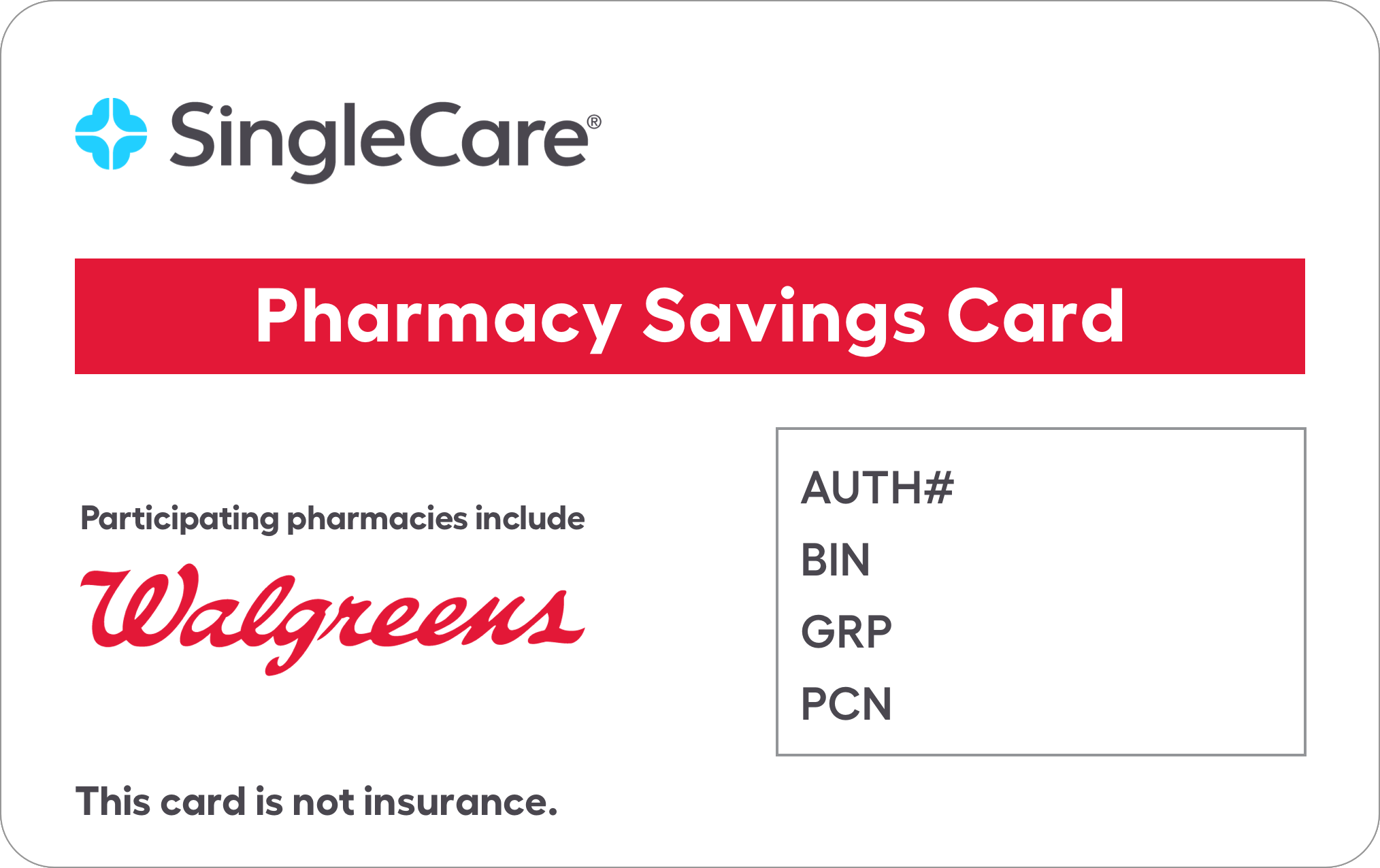
Your Guide to Diabetes Medications
In recognition of November as Diabetes Month and the rising costs of diabetes medications around the globe, we’ve put a report together on type 2 diabetes drug treatments. Ninety percent of diabetes cases are classified as type 2 diabetes, and over 370 million people worldwide are diagnosed with this illness. When it comes to diabetes medications, reports and studies suggest that a higher price does NOT equate with a safer, more effective drug. In fact, generic diabetes drugs that have been around for many years are proven to be more effective in controlling blood sugar levels.
Gliptins: The New & Improved Diabetes Drugs?
Drugs such as Januvia and Onglyza belong to the newest class of diabetes pills called DDP-4 inhibitors, aka gliptins. Gliptins work by blocking the production of the enzyme DDP-4. One of the functions of the DDP-4 enzyme is to break down incretins. Incretins cause beta cells to release insulin in the body after eating. By inhibiting DDP-4, incretins are allowed to increase insulin production while secretion of glucagon is simultaneously decreased in the pancreas. This leads to a reduction in blood glucose levels.
The downside of gliptins is that studies on their side effects are still vague and inconclusive. The DDP-4 enzyme has other functions in the body which include immune functions. DDP-4 is an antigenic enzyme, meaning it produces antibodies. Not all functions of the enzyme are understood, but it appears to be a suppressor of cancer cells and tumors. Studies are still being done to determine if cancer or tumor growth is a side effect from long-term use of DDP-4 inhibitors. Medications like Januvia and Onglyza are also expensive compared to older drugs, and can cost around $300 for a month’s supply.
Drop in HbA1c from treatment with gliptins: 0.4-0.9 points
Biguanides: Glucophage and Metformin
Glucophage, or metformin as a generic drug, belongs to a class of diabetes pills called biguanides. Metformin is prescribed as a first-line type 2 diabetes treatment by physicians worldwide due to its long-term use (synthesized in 1920) and efficacy in lowering blood sugar. Biguanides work by suppressing glucose production in the liver. Metformin may also reduce LDL cholesterol levels. The main side effects from taking biguanides include gastrointestinal problems such as diarrhea, nausea and flatulence. They are also not recommended for patients with kidney problems or heart failure due to lactic acid build up. Glucophage and metformin do not cause weight gain. Sometimes biguanides are used in combination with sulfonylureas for greater efficacy. Generic metformin can cost as little as $14 for a month supply of 1000mg per day.
Drop in HbA1c from treatment with biguanides: 0.9-1.4 points
The Most Effective Diabetes Pills: Sulfonylureas
Glucotrol, glipizide, Amaryl, Diabeta and glimepiride are all diabetes pills belonging to a class of drugs called sulfonylureas. According to studies, these drugs have the highest efficacy in lowering blood sugar. First-generation sulfonylureas have been used as a type 2 diabetes treatment since the 1950s. Sulfonylureas work by stimulating beta cells in the pancreas to release insulin. They may also limit glucose production in the liver. Side effects include upset stomach, weight gain on average between 5 and 10 pounds as well as an increased risk for hypoglycemia. Sulfonylureas may not work for everyone and are sometimes combined with biguanides like metformin for greater efficacy. Generic glipizide can cost as little as $5 for a month’s supply using discounts while Glucotrol can cost around $51 for a month’s supply.
Drop in HbA1c from sulfonylureas: 1.3-1.8 points
The Top 3 Diabetes Medications List
According to Consumer Reports’ Oral Diabetes Drugs report updated in 2012, the top three type 2 diabetes drug treatments based on value, safety and efficacy are as follows:
- Metformin or Metformin ER
*May be used in combination with glipizide or glimepiride.
- Glipizide or Glipizide ER
*May be used in combination with metformin.
- Glimepiride
*May be used in combination with metformin.
(HbA1c data from Consumer Reports)
For free discounts on all of the drugs mentioned in this guide. View our Diabetes Conditions page to claim your discounts.





